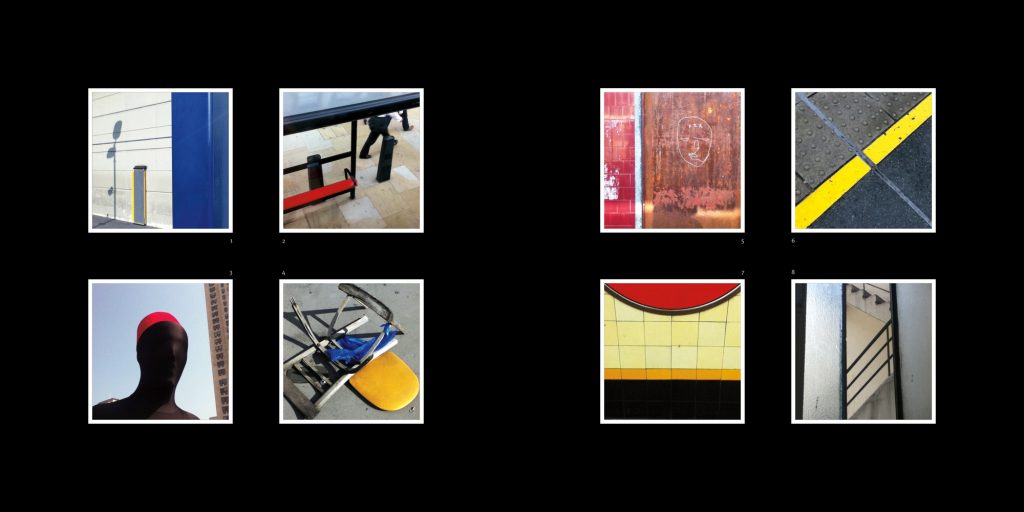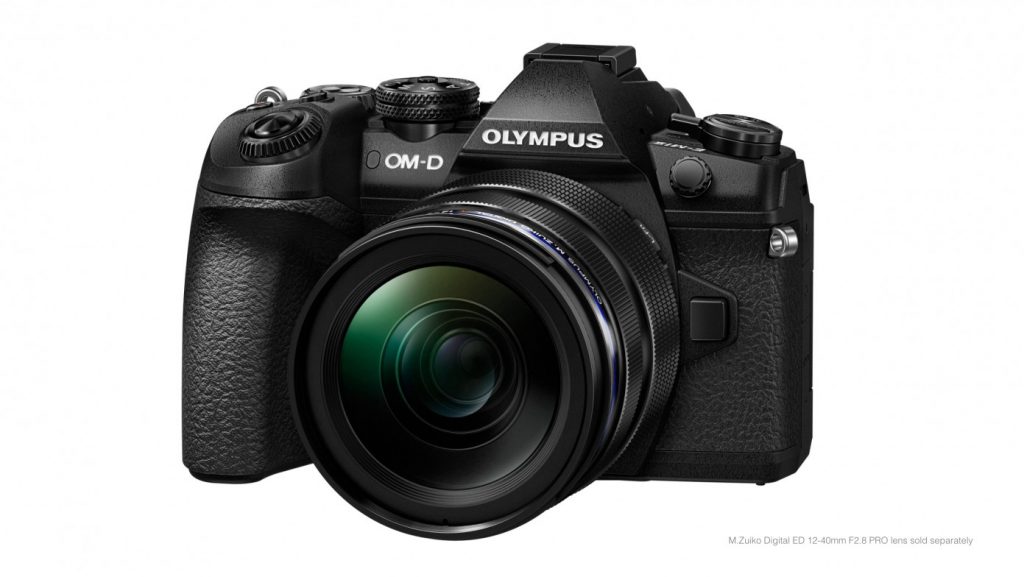The trouble with online “debates” is they always end up with different factions having virtual slanging matches to defend their views, which are, naturally, always the correct one. A regular discussion that comes up in forums and groups is the one relating to gear in photography, which is bit pointless because of the very nature of the art/craft. It needs gear: a camera and lens at the very minimum. The standard argument these days is, “the best camera is the one you have with you”. While it is a relative truism, it is clearly not always the case. I would never shoot a live music gig equipped with only a Polaroid or Instax camera (I have tried), or, for that matter, attempt to photograph big cats in the wild with said gear. In fact, given my recent experiences with instant cameras, I would make sure they were never the camera I have with me, even if it was a Polaroid camera that got me hooked on photography way back when I was 12 years old. The best way to capture images the way you want them is to ensure that the camera you have with you is the one you want to use.

Photo: Missy Bergen / Creative Commons
This best camera argument is one that lots of photographers use to justify mobile phones as their tool of choice. Just as with instant cameras, I choose not to make my phone my go-to camera when I’m out and about. My phone is basically an iPod that also makes occasional calls and sends messages, that I can check my social media on if I want to, or make occasional photographic notes, such as a snap of a gig’s line-up and running order. Sure, I have seen some reasonable gig photos taken with an iPhone, and its computational photography does a great job with correcting the terrible lighting, but the photographer in question also wields two Canon R5 cameras with fast zoom lenses. I will admit that I have taken photos with my iPod/iPhone in the past, but they were taken specifically as phone photos that I probably wouldn’t have taken/made if I’d had my “proper” camera with me.

Neither the “gear doesn’t matter” camp nor the gear fanatics are right, and they are at different extremes of the spectrum (although, everyone’s on some sort of spectrum because that’s how spectrums work). I’ll admit that I like gear. Well designed and crafted equipment holds almost as much of a thrall as the results it produces. The Olympus OM film cameras are a thing of beauty (as I have already stated in a previous post), and I have more of them than I can use, but they are no longer made so it’s more of a tactic to ensure I always have a working one. I no longer actively hunt them down to collect, simply because of supply and demand making them more expensive than they were and should be. [Edit: I did get another one in an eBay auction shortly after posting this, for an amazingly low price, in great condition that came with a Zuiko 50mm macro lens to make it an even better bargain.] The same goes for my 120 film cameras: things of beauty that don’t get used anywhere near as much as they should, but they are tools for a specific job. It may be to do with the way I work: I tend to pick a subject or project and focus almost entirely on that. Currently, and for the past decade, it’s been live music and musicians. For that particular genre there are certain equipment requirements, mostly involving fast lenses. “Full frame” (35mm) sensors are considered optimal and something of a prerequisite, and until this year it was what I used for the preceding five years, with APS-C before that. As I have mentioned in previous posts, I had been wary of the lure of the new mirrorless craze, but having seen the latest Canon offerings I was about to make the switch from DSLR and buy a Canon R6, before deciding to try Olympus (as told in a previous post) – just in time for them to stop being Olympus. The technological advances in the R6 convinced me it would be worth the change, but in the end I was put off by the cost. As someone not making a living from shooting gigs, I couldn’t justify the expense, even if it could have made the images technically better, especially with eye-tracking autofocus. However, the OM-D cameras delivered comparable results at a fraction of the cost and size. Yes, the images are a bit noisier than the R6 would be at the higher ISOs that shooting gigs needs, but no one has noticed when the OM-D photos are in print or online, and that’s without using noise reduction software such as DxO PureRAW. And when compared with film photos shot at a similar or lower ISO, the film ones have a lot more grain, although film grain is more pleasing than digital noise. But I digress.
The main trap with gear is believing that it will actually improve your photography. Good gear can improve the technical quality of a good photographer, but it won’t make your ability to compose an image better. I’m sure we’ve all lusted after a new lens or the latest camera body because of its latest technological advances. When I swapped to Olympus digital this time, I didn’t go for the latest pro model. In fact, I initially went for the previous generation of their consumer model (EM-10 mk 3) and a second hand lens. I found I liked it, so I went for a used version of their first pro model (EM-1) from 2013, with two secondhand primes (17mm and 45mm, both at f/1.8), which I still use at every gig shoot. Compared with what I was using, and nearly every other music photographer uses, I was on my own with OM-D (Canon, Nikon and Sony dominate). As I have said in previous posts about “the switch”, I really enjoy using these OM digital cameras. I did more recently add the now discontinued EM-1 Mk 2 and a 12-40mm f/2.8 pro zoom lens to my arsenal, when it was discounted to clear stocks. Could I have managed without it? Probably. But it was almost half the price of the newer Mark 3, and offered a significant improvement over the original EM-1. And over the Canon DSLRs I was using. All three of those Olympus cameras and lenses cost about the same as the R6 body alone. I do now have my eyes on two M Zuiko zoom lenses – the 40-150 mm f/2.8 and the 7-14 mm f/2.8, but a wide, fast prime would also suit me. Can I manage with what I have now? For the most part, yes. I’m also using a 40-year-old OM-1 with a 50 mm lens and B&W film, which is just as enjoyable as using a fancy digital camera.

Photo courtesy Olympus/OM Digital Solutions
The thing with gear is to not only find the right tool(s) for the job at hand, but also for it to be the equipment you feel most comfortable using, and not the one with the most impressive spec sheet. Camera reviews can be helpful, but recommendations from people you respect working in the same field as you are better. However, most modern cameras are very capable, so the important thing is to actually try them before handing over your hard-earneds, to see if they fit the way you shoot.
One of the biggest hindrances to modern camera design, or any industrial design for that matter, has been the corporate/capitalist misconception that competition is the best way of advancing technology. While these different corporations are striving to discover things that will make their product superior to the opposition’s and then protecting that discovery with legal clout, with the other companies doing the same. The best way to make the greatest advances is to have open source co-operatives, where all the greatest ideas are pooled together, and a very limited number of products of the very highest quality and functionality are produced. Instead of the hundreds available today, with constant annual updates and new models, new ones would only be needed every few years, like in the days of film SLRs. The cost of new cameras and lenses would be reduced because of scale of volume for production, removing expensive marketing campaigns and the the need for high profit margins to satisfy shareholders’s greed. We might even see new film cameras being manufactured again. There’s certainly a demand for them, but not a large enough one for any of the major current camera producers to take the gamble on making one, as there is too much blind brand loyalty. There is also the huge used camera market, because those cameras were built to last. I can’t see too many contemporary digital cameras still functioning in 20 to 40 years time. I know that if OM System (fka Olympus) built a new fully mechanical manual film camera, an OM-5, as a successor to the now overpriced OM-3, using the same old OM lens mount, I would buy one immediately. Then they could concentrate on making some modern fast manual-focus zoom lenses for that mount. Keeping everything mechanical and simple would make them very affordable and enticing to people tired of gambling on old used models.
However, it would take a major paradigm shift in the way business is conducted for any of this to happen. I remain perpetually optimistic.